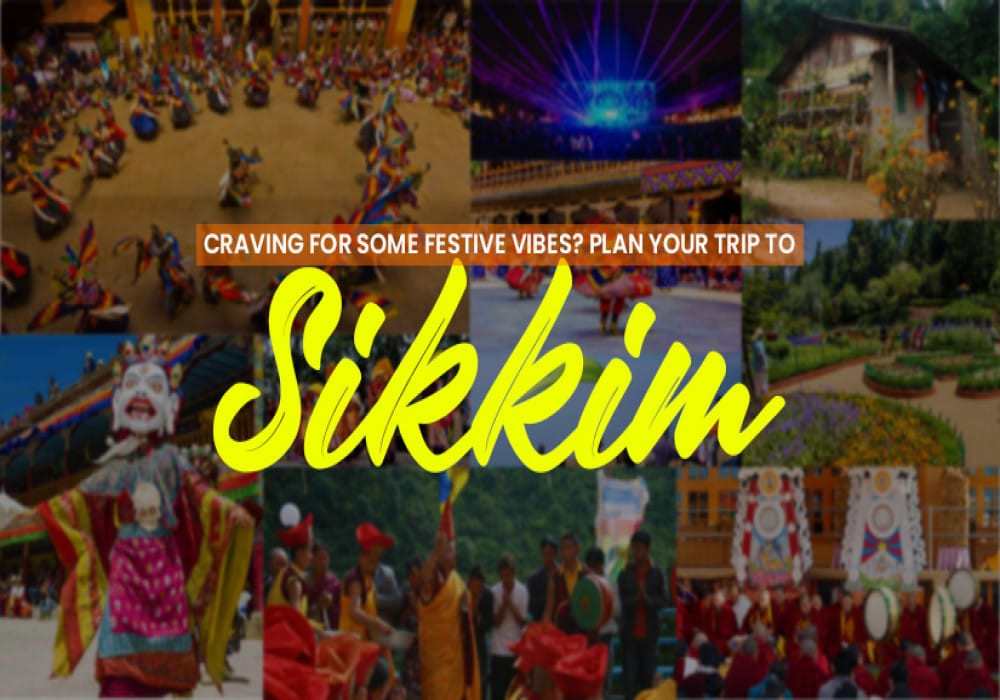
Last Updated At: 07-Jul-2025
Famous Festivals of Sikkim – Celebrate Culture & Tradition
The paradise in Northeast India, Sikkim is small but beautiful - a place of natural wonders, cultural vibrancy, and a hearty lifestyle. The serenading landscapes, heartwarming hospitality, and vibrant festivals have been a significant part of Sikkim Tourism.
The festivals of Sikkim are a unique concoction of history and culture. Aka, the last Himalayan Shangri La, Sikkim brims with pleasant vibes and festive spirits all through the year. And this indeed allures tourists from around the globe. Explore 'Sikkim ke Tyohar' to learn about the vibrant and unique festivals celebrated in Sikkim throughout the year.
The Festival of Sikkim encompasses a diverse array of celebrations that showcase the state’s rich cultural and spiritual heritage. From the colorful Tibetan New Year, Losar, to the sacred Buddhist observance of Saga Dawa, each Festival of Sikkim offers a glimpse into the traditions and community spirit of this beautiful region. Discover 'Sikkim Festival in Hindi' to learn about the vibrant festivals of Sikkim and their cultural significance in Hindi.
With a plethora of festivals, there are quite a few that are totally worth exploring while you plan an escapade to paradise.
10 Famous Festivals in Sikkim 2025
Right from celebrating cultural festivals in full flair, folks of Sikkim stay enthusiastic whilst celebrating music, art, nature, adventure, and all that is necessary to put across the kaleidoscope of diversity that is an example in the world. Here’s a list of 10 Colorful festivals of Sikkim, I hope these excite you too. Take a dekko:
- Losoong Festival
- Losar Festival
- Bhumchu Festival
- Saga Dawa
- Lhabab Duchen Festival
- Hee Bermiok Festival
- Tendong Lho Rum Faat
- International Flower Festival
- Mangan Music Festival
- Annual Sikkim Paragliding Festival
1. Losoong Festival
Losoong is the new year festival of Sikkim. Losoong Festival is the harbinger of the new year and new beginnings. It is a 4-day festival that is celebrated from the 18th day of the 10th lunar month that usually falls during the month of December. Various monasteries in Sikkim such as Rumtek and Tsuklakhang Palace organize cultural events that are a spectacle of traditional rituals and folk dances. At the time when locals and visitors take part in various ceremonies and gorge on the delectable cuisines of Sikkim, the festival takes on to another level of enjoyment and merrymaking. Losoong is definitely worth experiencing.
Highlights of Losoong Festival - The Cham dances at the monasteries
2. Losar Festival
Losar is the Famous Festival of Sikkim. Losar Festival holds special significance to the Tibetan Buddhists and local communities of the northeastern state. Losar is celebrated to mark the new harvesting season and new year. During this festival of Sikkim, Cham mask dance is performed by the lamas in monasteries, and buckets of Tsampa (a mixture made with roasted barley flour and butter) are offered at the altars of the home so as to bring prosperity by bounty harvest in the following year. People from all over the world visit Sikkim in the month of February to witness the cultural vibrance during this festival when every corner of the street is adorned with beautiful decorations.
Highlights of Losar Festival - Rituals and Yak dance performances on the streets
3. Bhumchu Festival
Observed on the 14th and 15th day of the first month of the Tibetan lunar calendar that falls in the month of February or March, Bhumchu Festival is celebrated with utmost faith and great enthusiasm at Tashiding Monastery in Sikkim.
Tashiding Monastery is one of the significant places to visit in Sikkim as it is the monastery where the Vase Opening Ceremony takes place which is the major highlight of the Bhumchu festival. This ceremony holds immense significance as the lamas predict the future of the impending year by looking at the water level in the sacred pot. It's a two-day festival that is attended by a large number of tourists who wish to delve into the cultural ethnicity of the state.
Highlights of Bhumchu Festival - The sacred pot ceremony
4. Saga Dawa
Saga Dawa Festival is one of the most famous festivals of Sikkim that offers a unique experience of getting acquainted with philosophies of Buddhism. Various religious ceremonies and street processions are held during this festival which is no less than a visual treat and therefore many people from different regions take part in this amazing festival of Sikkim. During this insightful festival, Lord Buddha’s birthday is celebrated and the monks of Mahayana Buddhism light butter lamps to pay obeisance to Lord Buddha as he is believed to be the supreme master who enlightened their paths in life.
Highlights of Saga Dawa Festival - Philosophies of Lord Buddha and butter lamps made by monks
5. Lhabab Duchen Festival
One of the four major Buddhist festivals, Lhabab Duchen Festival is about commemorating one of the four events in the life of Lord Buddha. Falling on the 22nd day of the ninth lunar month in the Tibetan calendar falls in the month of November. According to legends, Lord Buddha descended to earth from heaven on this auspicious day by a special ladder that was created by the God of machines, Viswakarma in order to enlighten the world with lessons of life. Every year, the people of Sikkim paint the facade of their houses and temples to greet Lord Buddha. People also paint ladders on rocks around many monasteries to symbolize his return. A large number of pilgrims visit Lhasa during this festival.
Highlights of Lhabab Duchen Festival - Spiritual enlightenment
6. Hee Bermiok Festival
Hosted at a tiny hamlet in West Sikkim during the summer season, the Hee Bermiok Festival is about feasting and merrymaking. It's an annual festival which began in 2005 and since then the Hee Bermiok festival is held every year during the month of May. During the festival, the visitors are greeted with regional specialties such as rice wine and delectable cuisines. It's a four-day festival that offers the spectacle of vibrant customs and traditions with a mesmerizing tour to the bounty nature of this little paradise that nestles close to Gangtok.
Highlights of Hee Bermiok Festival - Taste local delicacies and savor the virgin beauty of Hee Bermiok
7. Tendong Lho Rum Faat
Celebrated for three days during the month of July or August, Tendong Lho Rum Faat is the ancient and significant festival of Sikkim that is celebrated by the Lepcha community. The major highlight of this intriguing festival is a trekking excursion that begins from Ravangla and ends at Tendong Hill. This festival is a delight for trekkers, bird watchers, wildlife buffs, and of course the Lepchas who embark on an adrenaline-pumping trek through thick forests and gurgling rivulets. Organized in Namchi, Tendong Lho Rum Faat offers a glimpse into the cultural and mythological essence of the local tribe of Sikkim which in fact draws tourists from around the world.
Highlights of Tendong Lho Rum Faat Festival - Trekking through dense forests and sparkling streams
8. International Flower Festival
Organized by the department of Sikkim Tourism at the White Hall in Gangtok, The International Flower Festival is celebrated all month long during May. Diverse species ranging up to 240 types of trees and ferns and approximately 600 types of orchids are featured in the grand flower festival that attracts nature enthusiasts from different parts of the globe.
An array of herbal products, garden products, plants, etc are put on display and people can carry some exquisite gardening material from this side of the state. Not just this, people savor the local cuisines at various food stalls and also indulge in some adventure activities such as Yak safari and rafting on the Teesta river.
Highlights of International Flower Festival - Best floral landscaping and some adventure
9. Mangan Music Festival
Fairs and festivals are an integral part of Sikkim culture and Mangam Music Festival is yet another vibrant festival that lights up the entire state with live music by various bands and oodles of fun. Celebrated during the month of December, the Mangam Music festival is a three-day event that represents the cultural heritage of the state.
Every year, the exhibition is organized where people can buy local handicrafts and savor delectable cuisines. Music, cold weather, and hills enliven the ambiance of the music festival that is attended by a large number of tourists.
Highlights of Mangan Music Festival - Cultural vibrance and uplifting vibes of the music
10. Annual Sikkim Paragliding Festival
One of the delightful events in Sikkim, the Annual Sikkim Paragliding festival is thronged by adventure junkies. Held at Gangtok during the month of October and November, this paragliding festival offers the most exhilarating paragliding experience owing to pleasing weather and serene vibes. Indian and International pilots take part in this festival which is organized by Sikkim Tourism in association with the Paragliding Association of India (PAI) and Sikkim Paragliding Adventure Sports Society. Events such as cultural programs, free-flying, tandem flights, spot landing, acro show, etc are the major highlights of this amazing festival.
The Sikkim calendar 2025 is packed with cultural festivities and public holidays that highlight the region’s unique traditions and scenic beauty. Key events include the Tibetan New Year Losar, the spiritually significant Saga Dawa, and vibrant local celebrations like Maghe Sankranti and Dasain, making the Sikkim calendar 2025 a gateway to experiencing the rich cultural tapestry of Sikkim.
Highlights of Annual Sikkim Paragliding Festival - Mesmerizing Vistas and Paragliding
Sikkim is not only a beautiful state in terms of natural beauty but also brims with amazing festivals all through the year. If it’s not on your bucket list yet, I am sure these festivals of Sikkim will make you put this right up on your wish list.
Frequently Asked Questions About Festivals of Sikkim
Q1. What are some of the major festival names in Sikkim?
A1. Sikkim is rich in cultural diversity, and its festivals reflect this vibrancy. Here are some of the major Sikkim festival names that highlight the region's traditions:
- Losar - The Tibetan New Year, celebrated with great enthusiasm, showcasing Sikkim's strong Tibetan influence.
- Saga Dawa - A significant Buddhist festival marking the birth, enlightenment, and death of Lord Buddha.
- Phang Lhabsol - Unique to Sikkim, this festival honors the guardian deity of Kanchenjunga with masked dances and rituals.
- Dasain - Also known as Dussehra, it is widely celebrated throughout Sikkim with traditional pomp and shows.
- Tihar - Known as Diwali in other parts of India, it involves worshipping crows, dogs, and cows, followed by a day dedicated to siblings.
- Sakewa - A ritualistic festival celebrated by the Kirat Rai community of Sikkim to pay homage to Mother Earth.
- Losoong - Marking the Sikkimese New Year, it features traditional Cham dances, archery competitions, and festivities.
- Maghe Sankranti - Celebrated by the Nepali community, this festival involves holy dips in rivers and feasts.
- Bhumchu - A unique festival involving the blessing of holy water, which forecasts the year ahead based on the water level in a sacred vase.
- Indrajatra - Celebrated mainly by the Nepali community, this festival involves processions and offerings to Lord Indra.
Grab an exclusive holiday package by Adotrip to enjoy the serenity and festivals of this tourist place in India. You can also plan your trip with our circuit planner tool. Happy Travelling Folks!
--- Published By Adotrip
Latest Blogs
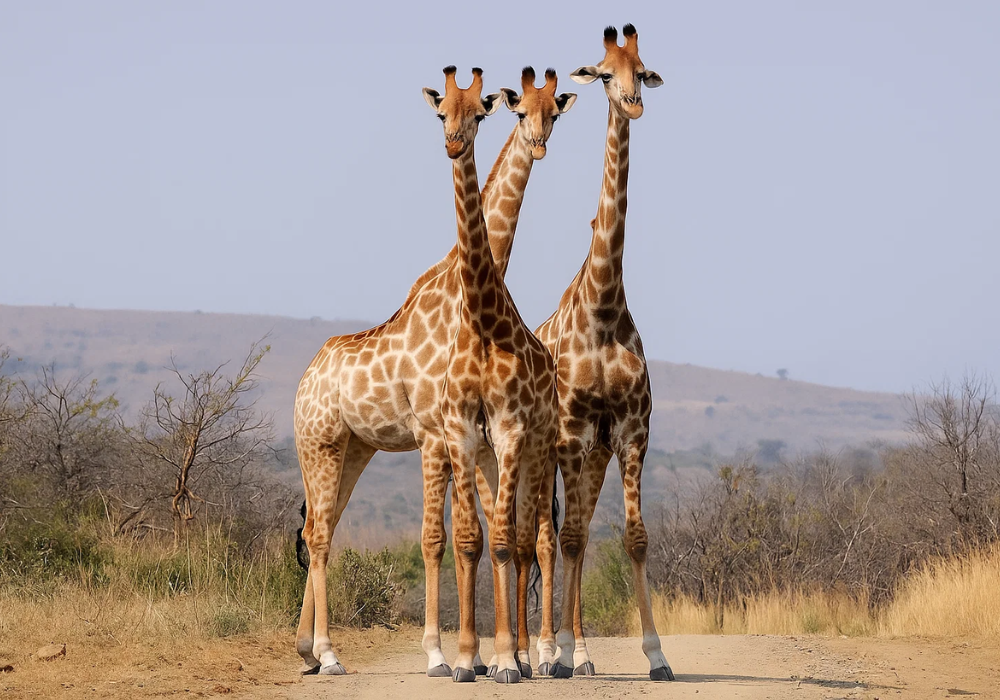
Cash in the Wild: My Safari Adventure Across Kenya with Only...
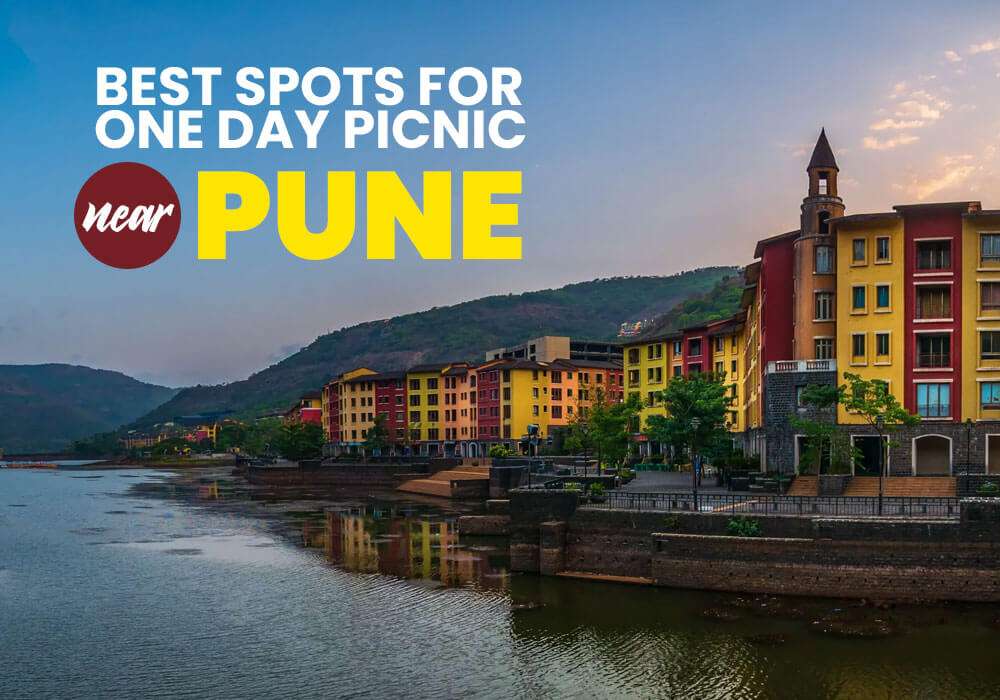
One Day Picnic Spot Near Pune - Adventure, Trekking and Natu...
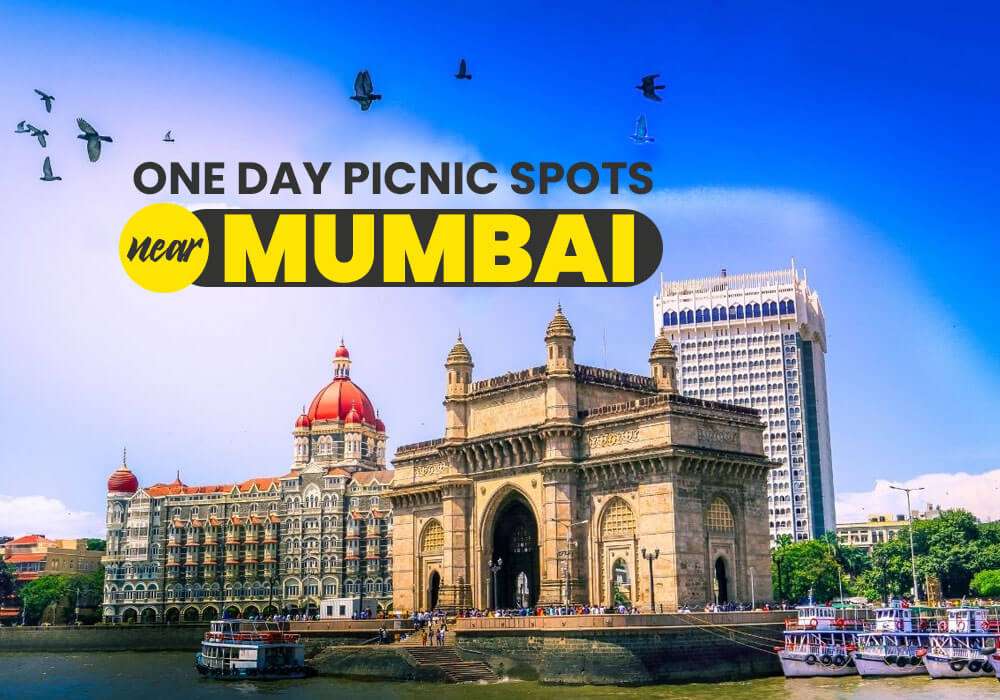
One Day Picnic Spots Near Mumbai - Monsoon, Adventure, Beach...
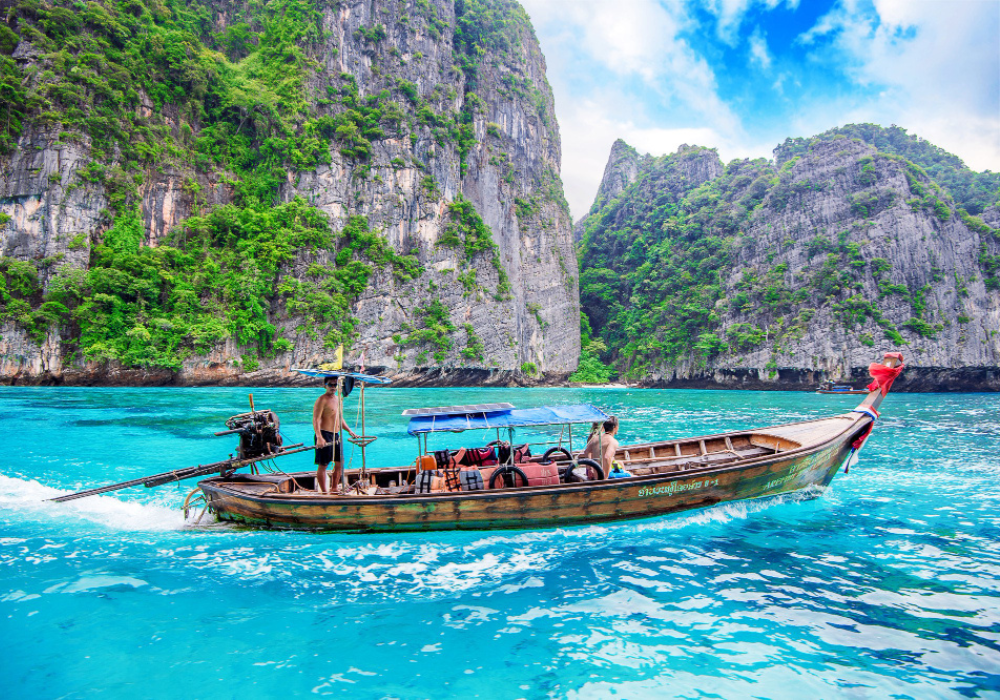
The Best Places to Go in Thailand in 2025
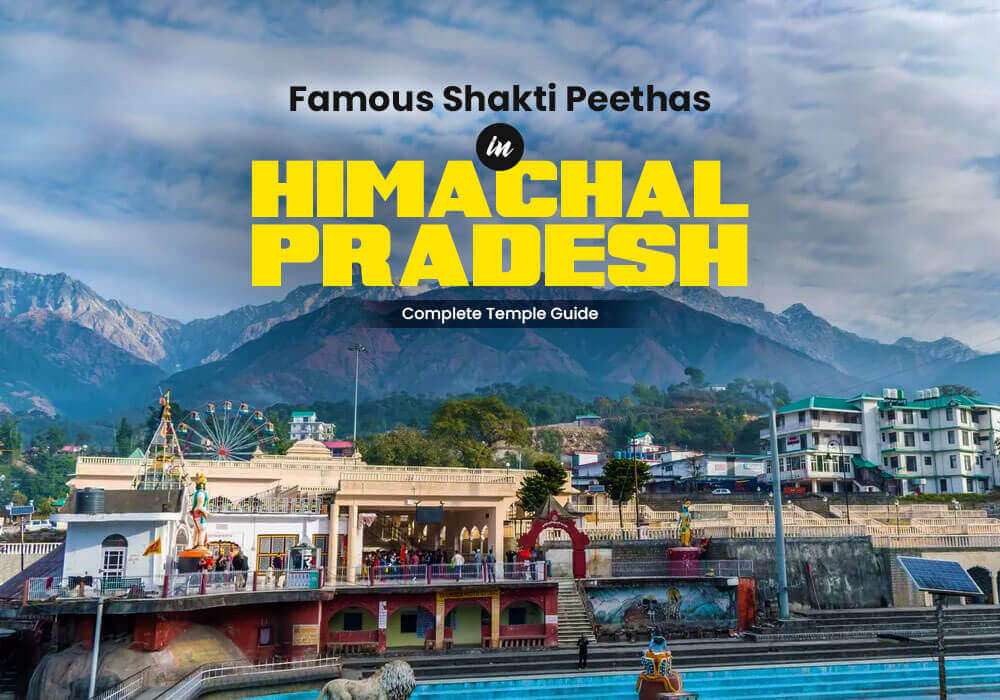

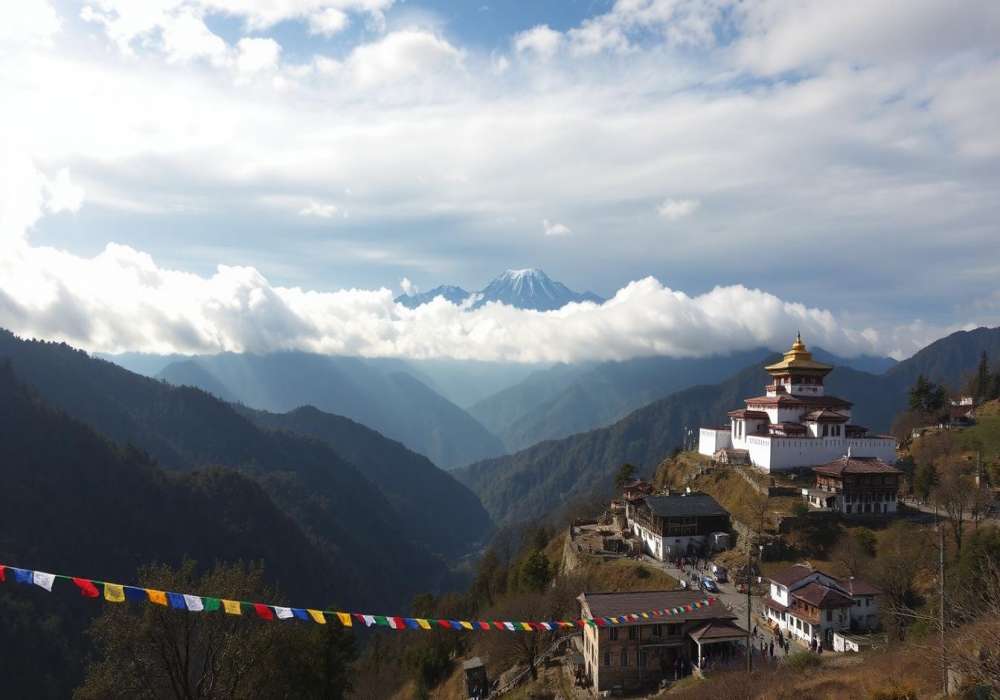

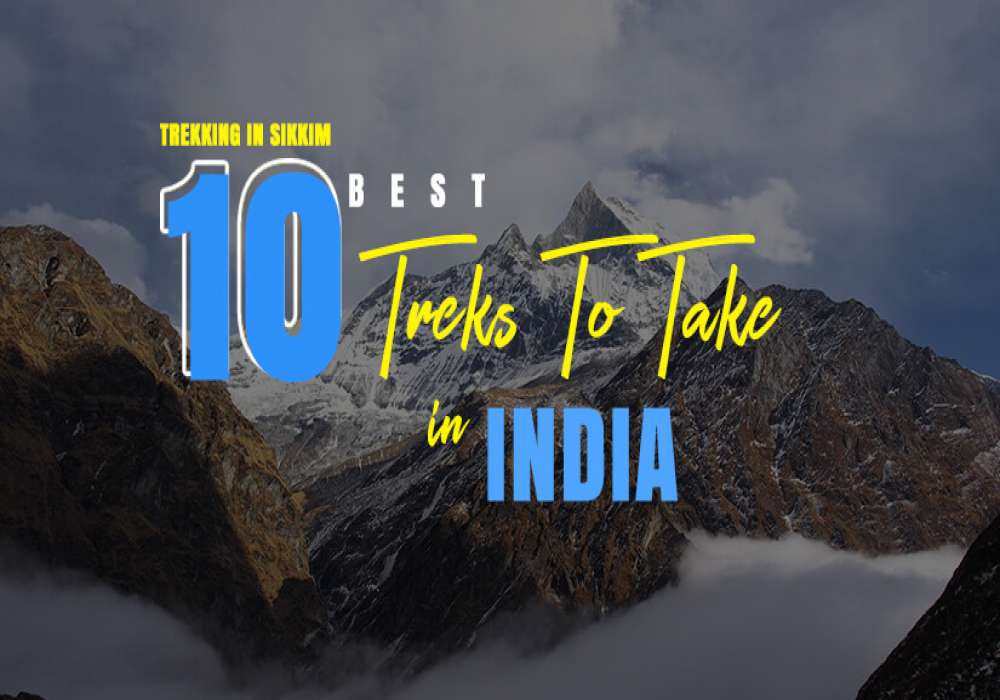

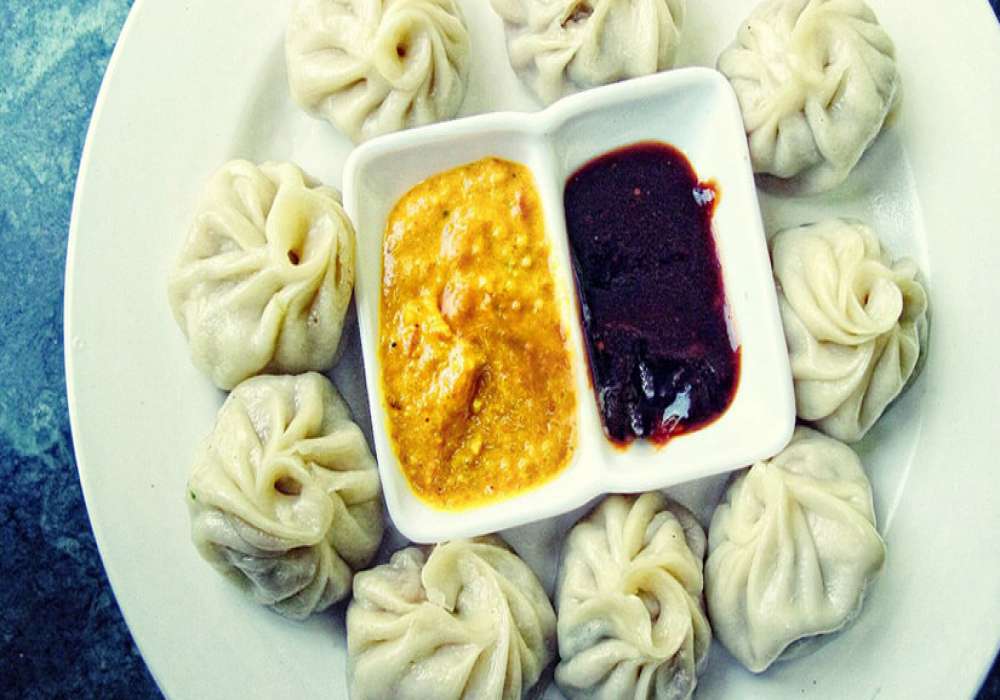
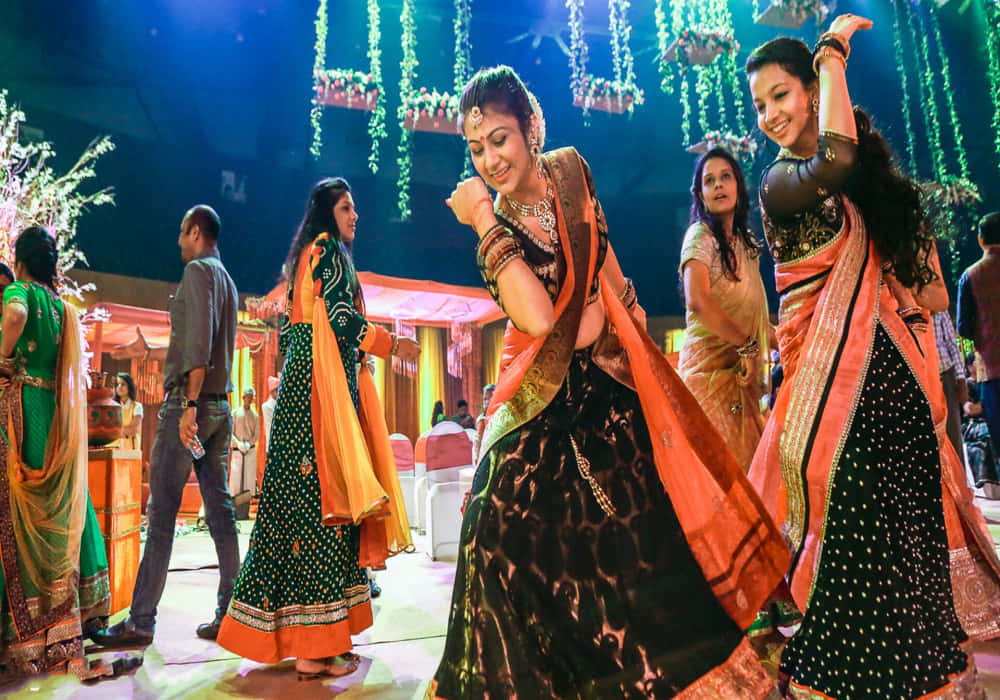
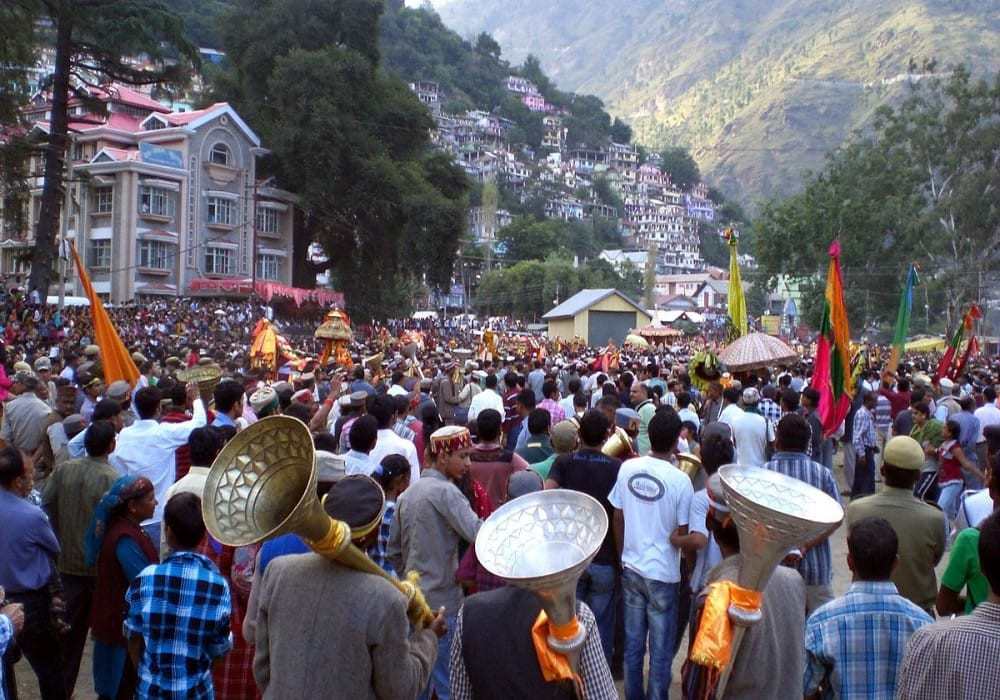



.jpg)
 Dubai
Dubai Malaysia
Malaysia USA
USA





